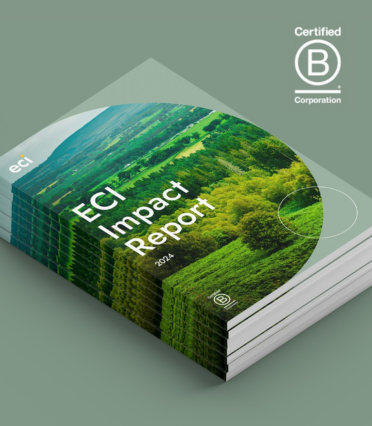
Digital marketplaces for second-hand goods are booming amidst the pandemic. In China, second-hand goods marketplace Idle Fish, owned by ecommerce giant Alibaba, said its daily active app user numbers now exceed a record 20 million. The ‘circular economy’ vision, which aims to eliminate waste by encouraging the continual use of resources, isn’t just COVID-19 related, this is a long-term trend for consumers who worry about their carbon footprint. When it takes 2,700 litres of water to make a t-shirt and some supermarkets still throw excess food into landfill, is it any wonder that consumers are increasingly concerned by this problem?
Business is booming for the companies that are finding solutions in this area. Second-hand fashion is growing more than 20 times faster than retail apparel, benefiting companies such as Depop or Vinted. Generation Z are leading the charge, drawn by the desire to be more sustainable, but also the opportunity to discover instagrammable gems.
What is driving this trend now more than ever? It is more than just a changing millennial and Gen Z mindset and an increased focus on sustainability; the driving engine of the circular economy is the technology that now underpins and enables it.
Connecting buyers and sellers
Smartphone apps that directly connect buyers and sellers are transforming the supply of second-hand goods. Buyers can collect used items such as furniture, books and antiques directly from a seller’s home, removing the need for costly logistics and central warehouses. For certain markets, fast logistics and easy access are crucial, for example in food reselling where products can spoil quickly. This is the model pioneered by Olio, a digital marketplace that enables restaurants and cafes to share surplus food before it wastes. Fast, easy, mobile-first marketplaces for second-hand product can compete directly with brand new products. As ever, success begets success. Ease of use attracts more buyers and sellers, more inventory and more trading in second-hand goods, boosting liquidity and underpinning growth in such a marketplace model.
Smarter inventory management
Imagine you found a rare edition of a book in the attic. What is it worth and how would you make sure you got the best price if you wanted to sell it? Using data from previous online sales, smart tech can categorise your book, tell you what similar copies sold for and provide a platform to reach relevant, interested buyers immediately. And what works for books, works for clothing and food too. Apps now allow consumers and businesses to monetise unwanted goods instantly. Smart tech can also predict optimal pricing and time of sale; identifying ideal buyers, when they are most active on social media and when is the best time to market to them. This is great for consumers, but also for the companies providing the technology and platforms: smarter inventory management combined with ease of use attracts more users, inventory and traffic, driving sales. Automation also reduces the need for human intervention, boosting margins that allow these businesses to create sustainable models.

Customer experience is key
Consumers may embrace sustainability, but they don’t want to compromise on convenience and speed. A slick customer interface is key to attracting shoppers who are used to a seamless experience on Amazon and Facebook. Companies that can deliver this experience will thrive. ECI portfolio company ATG is helping to breathe life into the traditional auction house market by making it easy, fun and seamless to buy and sell second-hand goods, including fine art and antiques, online. To create an accessible marketplace and draw in consumers who would otherwise sit outside the normal auction house audiences, ATG has invested in new search capability and video streaming technology in order to make it easier for customers to search and find items and ultimately to boost conversion rates. Whilst the current COVID-19 crisis is clearly exceptional, for many auctioneers, being able to still access an online marketplace during lockdown has been critical to their business operations.
Bye bye waste!
Whilst marketplace platforms and circular economy businesses are not necessarily new, technology and data science have made them more viable in recent years in a wider range of consumer sectors. When combined with changing consumer trends, this has very much enabled a new generation of entrepreneurs to create business models that can scale successfully and profitably, as well as deliver to consumers keen to embrace sustainability conveniently.
If you would like to talk to someone about scaling your circular economy business, please get in touch with george.moss@ecipartners.com


